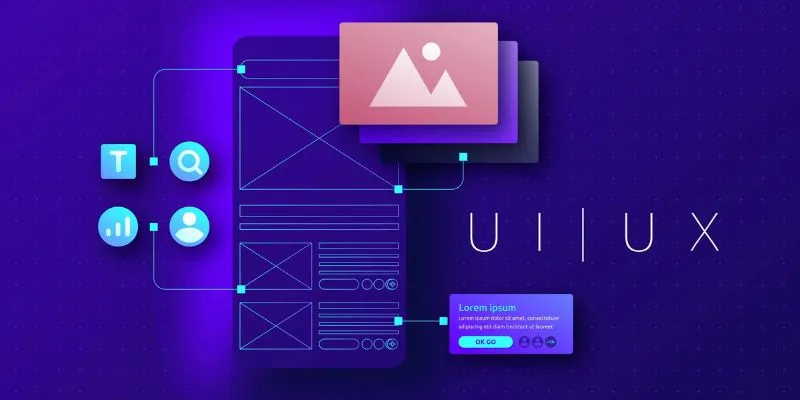
Prototyping is a crucial phase in the UI/UX design process that involves creating an early model of a product to test its functionality and design. It allows designers to explore ideas, gather feedback, and make necessary adjustments before final development. A UI UX Design Course in Chennai can provide you with the skills and techniques to create effective prototypes and refine your designs based on user feedback. To improve your UIUX design, join The Role of Prototyping in UI/UX Design.
Benefits of Prototyping
-
Visualizing Concepts
Prototyping helps in visualizing design concepts and ideas. It allows designers to create interactive models that demonstrate the product’s look and feel, making it easier to communicate design intentions to stakeholders.
-
Identifying Usability Issues
Early prototypes can reveal usability issues that might not be apparent in static wireframes or mockups. By interacting with the prototype, designers can identify and address potential problems before development begins.
-
Gathering User Feedback
Prototypes provide an opportunity to gather feedback from users early in the design process. This feedback is invaluable for making informed design decisions and ensuring the final product meets user expectations.
Types of Prototyping
-
Low-Fidelity Prototypes
Low-fidelity prototypes are simple and quick to create. They are often hand-drawn sketches or basic wireframes that focus on the overall layout and structure of the interface.
-
High-Fidelity Prototypes
High-fidelity prototypes are more detailed and interactive. They closely resemble the final product and include realistic design elements and interactions. Enrolling in a UI UX Online Course provided by FITA Academy can provide you with the expertise to create high-fidelity prototypes that effectively convey the user experience and design intent.
Tools for Prototyping
Several tools are available for creating prototypes, each with its own set of features and capabilities. Popular prototyping tools include Adobe XD, Sketch, Figma, InVision, and Axure.
The Prototyping Process
-
Defining Objectives
Start by defining the objectives of your prototype. Determine what you want to achieve, whether it’s testing a specific feature, validating a design concept, or gathering user feedback.
-
Creating a Low-Fidelity Prototype
Begin with a low-fidelity prototype to quickly explore different design ideas. Focus on the layout and overall structure without getting bogged down in details.
-
Iterating and Refining
Gather feedback on your low-fidelity prototype and make necessary adjustments. Iterate on your design until you have a solid foundation for a high-fidelity prototype.
-
Building a High-Fidelity Prototype
Once you have a clear direction, create a high-fidelity prototype that closely resembles the final product. Incorporate detailed design elements and interactions to provide a realistic user experience.
-
Testing and Gathering Feedback
Test your high-fidelity prototype with users to gather feedback. Use this feedback to make final adjustments and ensure that your design meets user needs and expectations.
Integrating Prototyping into the Design Workflow
Integrate prototyping into your design workflow to ensure a smooth and efficient process. Regularly create and test prototypes at different stages of the design process to validate ideas and make informed decisions. A UI UX Course in Bangalore can equip you with the skills and methodologies to effectively incorporate prototyping and enhance your overall design strategy.
